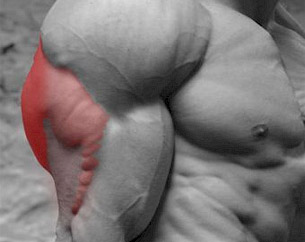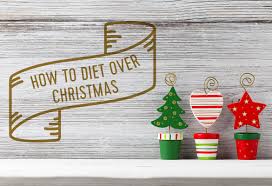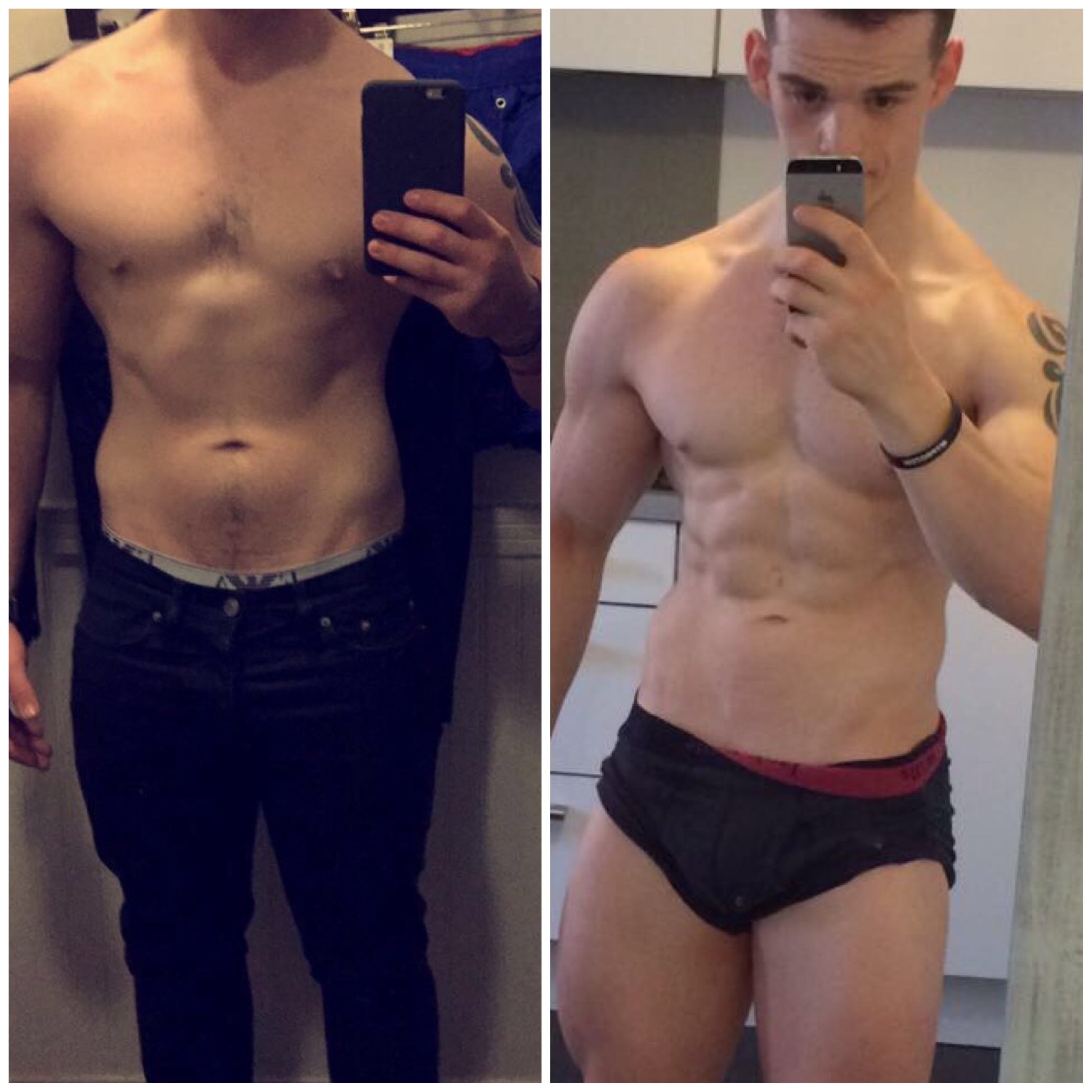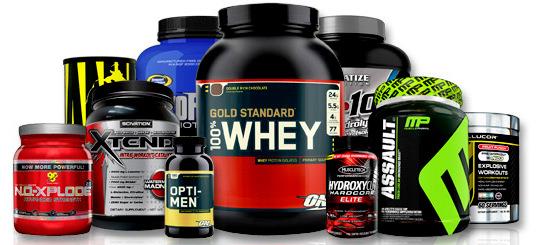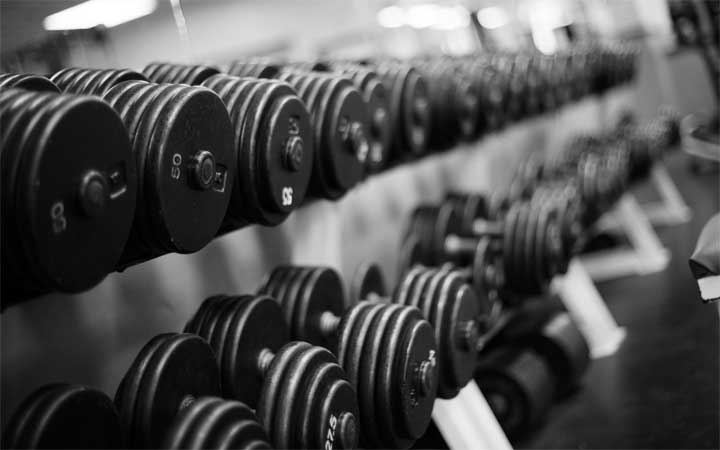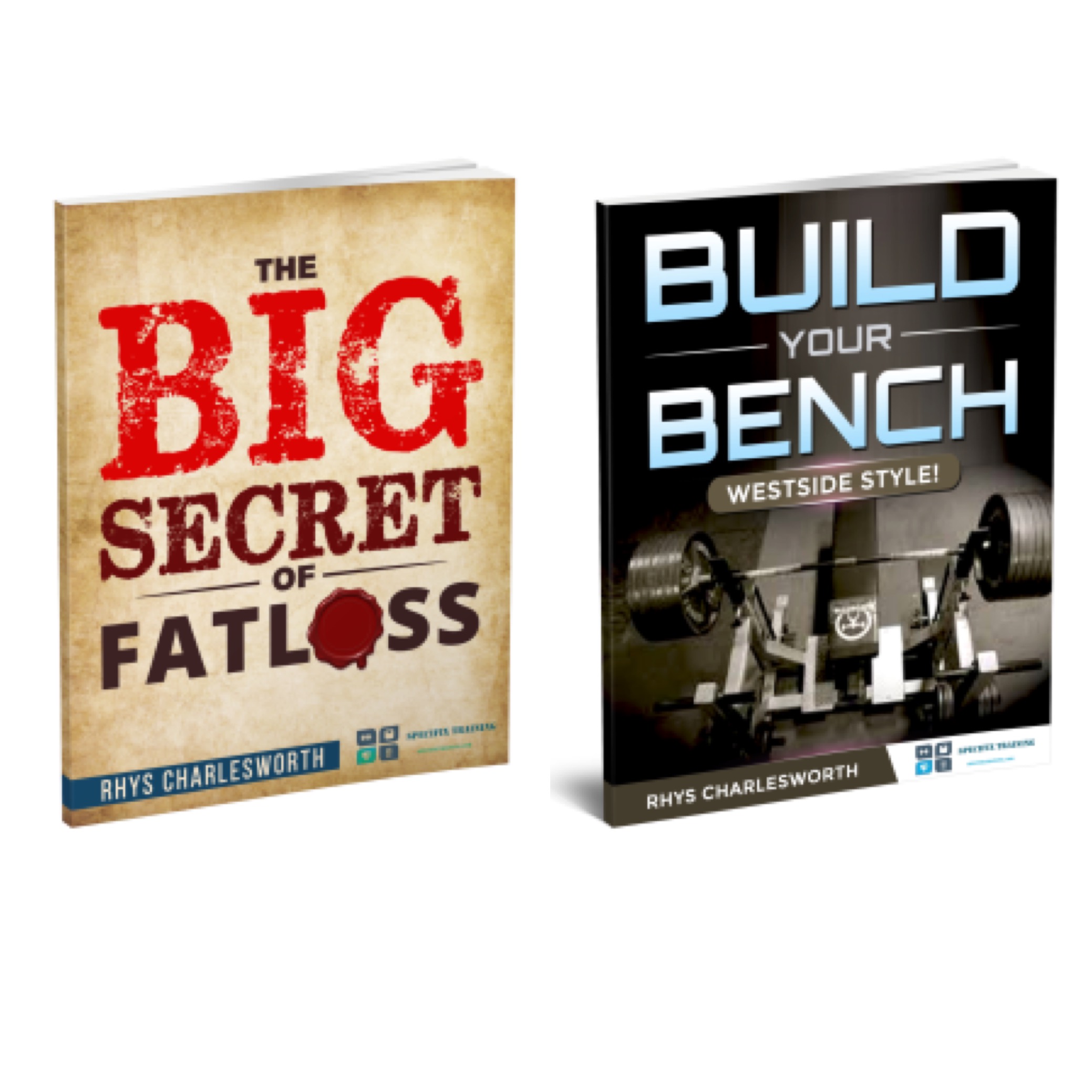
The Benchpress is seen as a bit of a show lift.
‘How much ya bench?’ Can be heard in most gyms. Does this make it the manliest Exercise?
I’m not sure what you think, but it is a staple in any good strength training program. It is perhaps become disregarded by some trainers as not being functional.
I highly disagree with anybody who says a Benchpress is not functional. Not only is a working your largest pushing muscles (pectorals, deltoids and triceps) but as an international competitive powerlifter, it is functional to me as I do it as a competitive lift.
Although relatively new to the international Powerlifting scene, I placed 2nd in the WDFPF (World Drug Free Powerlifting Federation) European Powerlifting Championship this year (2018).
The Benchpress is a lift I specialise in, so much so that I also compete in Bench only competitions at national and international level.
So how do I train the bench press?
Well I am going to give you the exact method I use to help me train the bench for the big stage of international competitions.
The Conjugate Method
I use the conjugate system as a way of training both maximal strength and Rate of Force development.
Using this system, I would bench press twice per week, with one day dedicated to lifting maximal weights (Max Effort Day) and one day dedicated to moving the bar fast (Dynamic Effort Day). Each day would also utilise the repetition method. This is used to build actual strength in weak points using accessory exercises.
Typically, I would do all the low volume max effort bench press on a Wednesday and all my higher volume dynamic work on a Saturday morning. But you can pick any days you want, they just need to be 72 hours apart to allow for adequate recovery.
#1 Max-Effort Method
Maximal effort lifts are considered to be superior in improving both intramuscular and intermuscular coordination as it always allows for the most amount muscle recruitment at any one time. Basically, this means that lifting maximal weights will enable you increase your maximal strength more efficiently than lift submaximal loads which will focus on strength endurance.
Here’s how you do it:
- Devote one day each and work up to a 1-3 repetition maximum (RM) of a Benchpress variation. This could be Board Press, Incline, Decline, Close grip, floor press etc
- Change the variation EVERY single week. Wait a MINIMUM of 4-6 weeks before repeating the same variation.
- After completing your 1-3RM train your shoulders, triceps, back and abs.
- Complete your workout in 60-70 minutes.
- Wait at least 72 hours before training the same major muscle groups again.
#2 The Dynamic Effort Method
This dynamic effort is defined as: ‘lifting (throwing) a non-maximal load with as much attainable speed as possible.’- Zatsiorsky, 1995.
Basically, by utilising this method you can increase your rate of force development and explosive strength. It can also help recover from maximal loading from Max-effort day.
Incorporating this method:
- Devote one day each week to the dynamic effort method
- Use the same benchpress variation for 3 weeks before switching.
- Perform roughly 6-9 sets of 3 repetitions at approximately 50%1RM whilst moving the bar as fast as you can.
- Keep rest periods to a MAXIMUM of 60 seconds.
- After completing the main movement, train your back, shoulders, triceps and abs.
- Wait at least 72 hours before training the same major muscle groups again.
#3 The Repetition Method
The Repetition Method is where you strengthen your weaknesses.
If you noticed that on both the Max-Effort day and Dynamic effort day I advised you to work your back, shoulders, triceps and abs. This is known as Accessory work which is used to improve your weaknesses. The repetition method is what you would implement after the main movement on both the max-effort day and the dynamic effort day.
The repetition method is used to increase strength-endurance, hypertrophy and restoration.
You should always be looking to increase your work capacity and break you own records in all forms of lifting and not just the classical lifts. This is the same when training the Squat and the Deadlift.
Here are points to follow when using the repetition method:
- Train your Everybody is different, what you may struggle with. You are only as strong as your weakest link.
- Constantly look to improve each exercise by increasing reps, range of motion (ROM), time under tension (TUT), or weight. If you want to get stronger you have to improve in everything.
- Use the same exercises for 3 weeks before rotating. This will give you enough time to improve your performance in these lifts, but not enough time for your body to become accommodated with them.
- Don’t be afraid to work to failure. Since you are using submaximal weights it will have much less negative impact on your central nervous system. It also means that you can really push yourself to the limits.
- Make use of all the tools around you. Use dumbells, barbells, kettlebells, cables, chains, ropes, bands
- Make use of all types of movements which use the main muscle in the bench press such as: dumbbell presses, lat pulldowns, chins ups, tricep extensions etc.
Now you know My Secret!!
So, what I am going to share now is a 6-week cycle which I actually used leading up to the European Championships. This was my Last 6 Weeks of training not including the over reach and taper weeks, so it ends 3 weeks away from the date of the competition.
Just remember, this is just for you ok!?
6 Week European Bench Press Program
So that is a 6-week training schedule I used in the build up to the European championship, so I know it works.
So now you have the secret of my bench press training. Use it wisely and share with everyone, nothing should be kept secret.
Happy Benching Guys and Girls let me know how you get on. Share your bench press gains with me.
I Have outlined this in more detail in my FREE eBook ‘Build Your Bench: Westside Style!’ Which you can get HERE along which my other eBook ‘The BIG Secret in Fatloss’
Any Questions please just let me know.
Much Love
Rhys
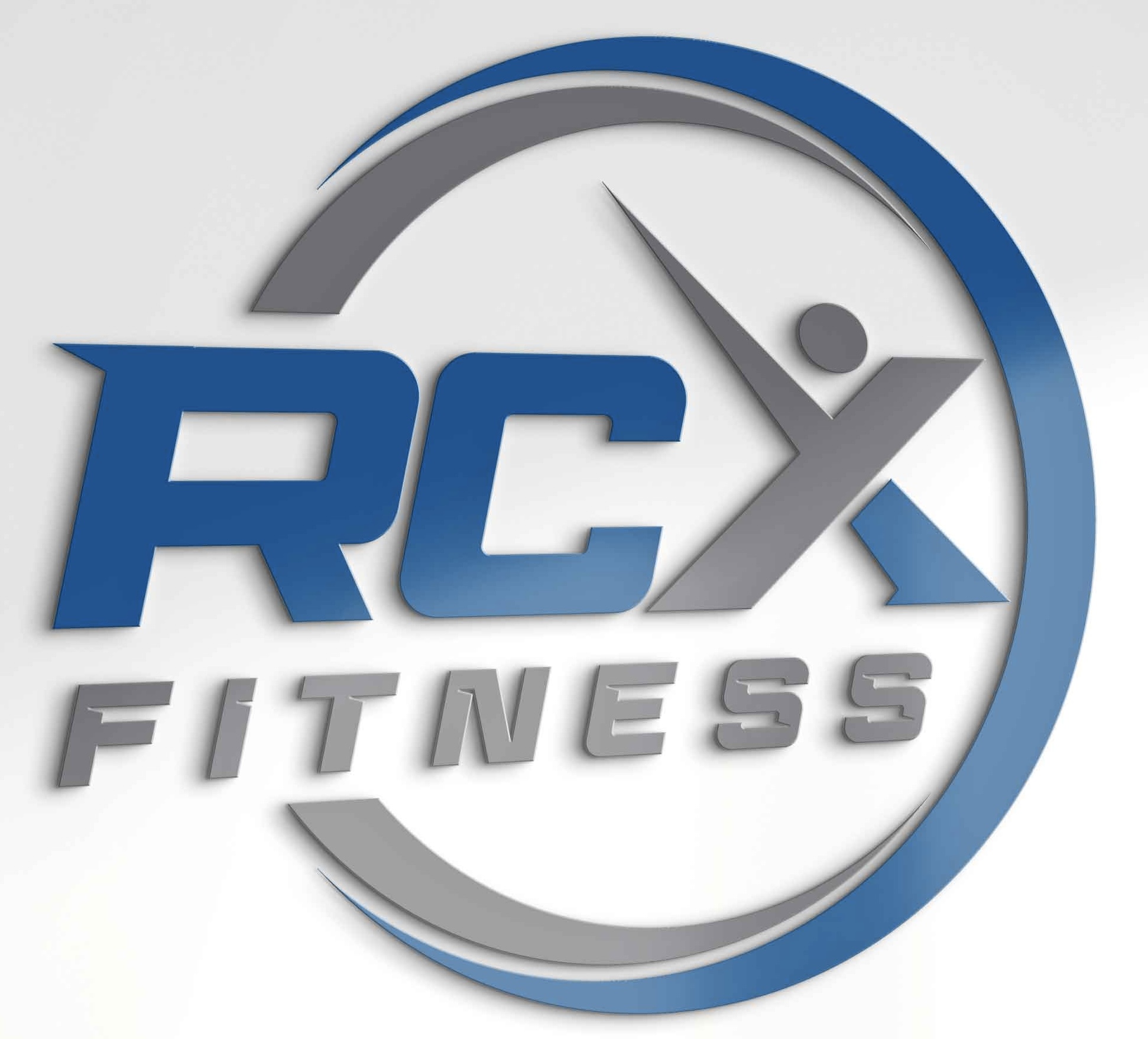
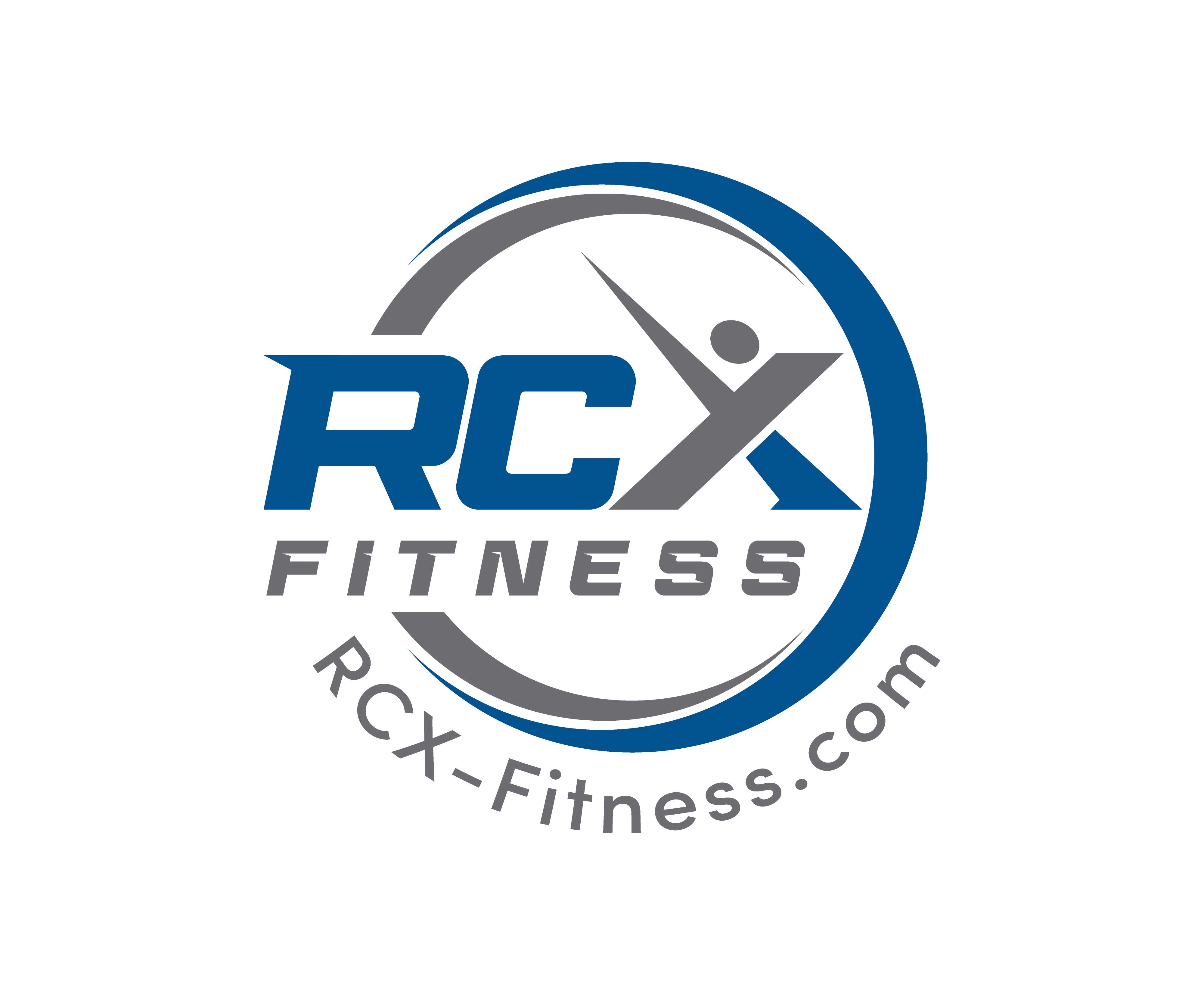




 The Secret of Losing astonishing amounts of Fat. Get yours FREE!
The Secret of Losing astonishing amounts of Fat. Get yours FREE!